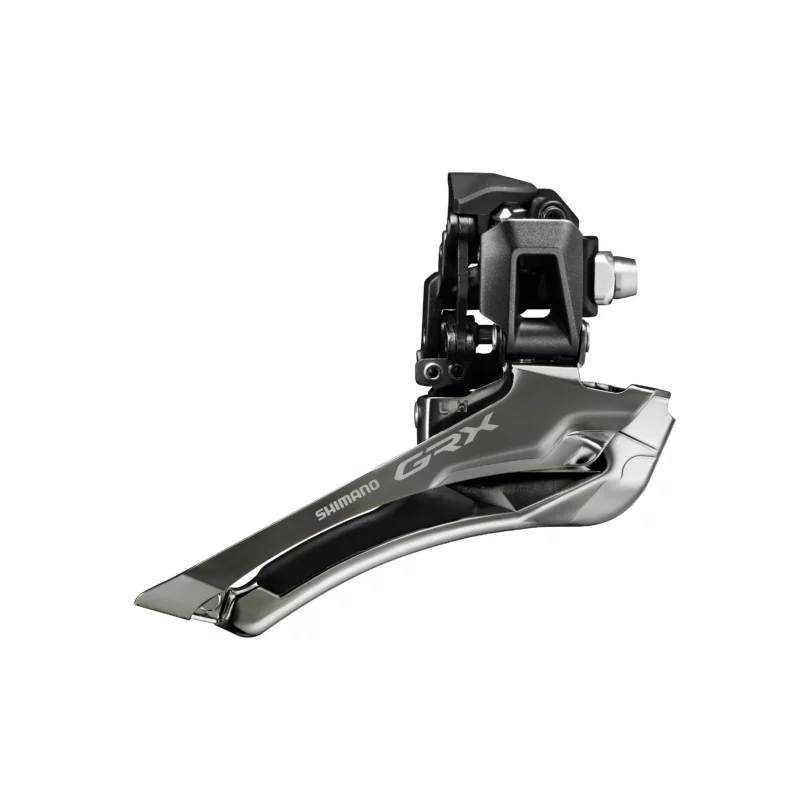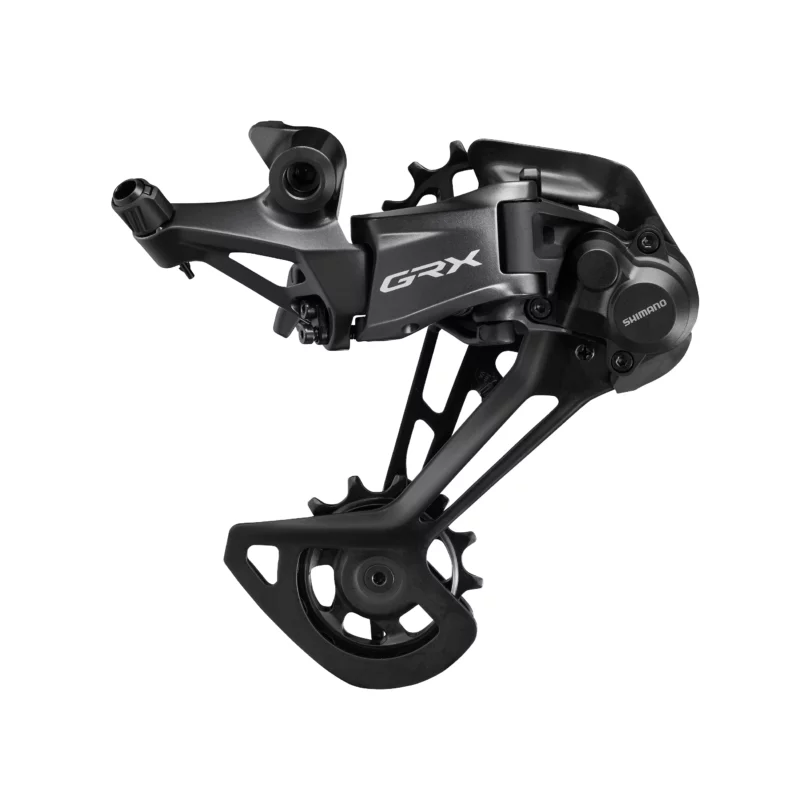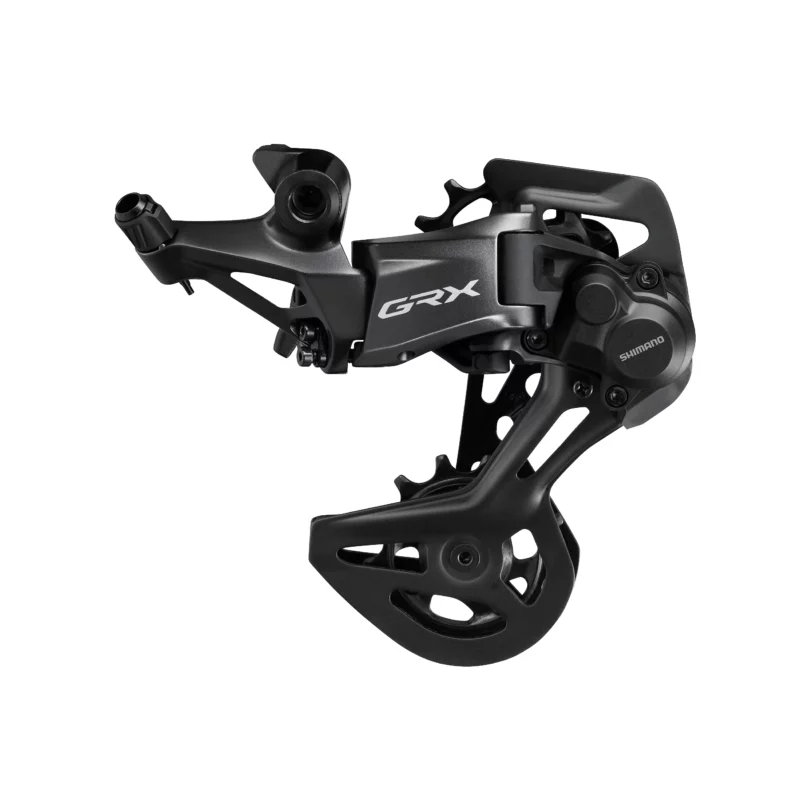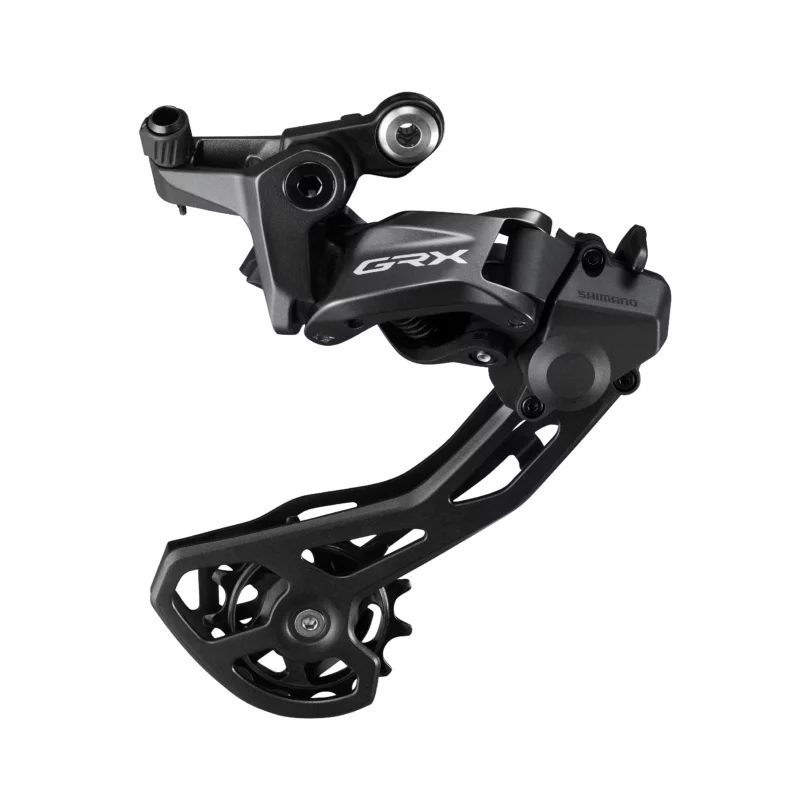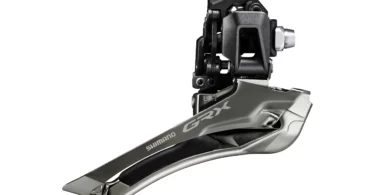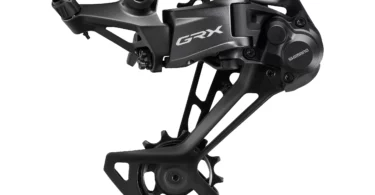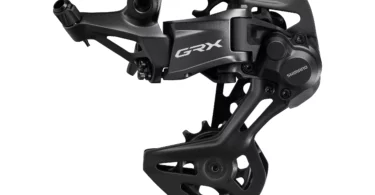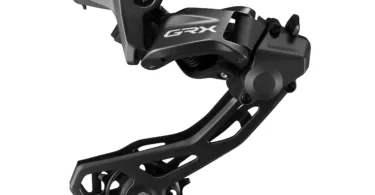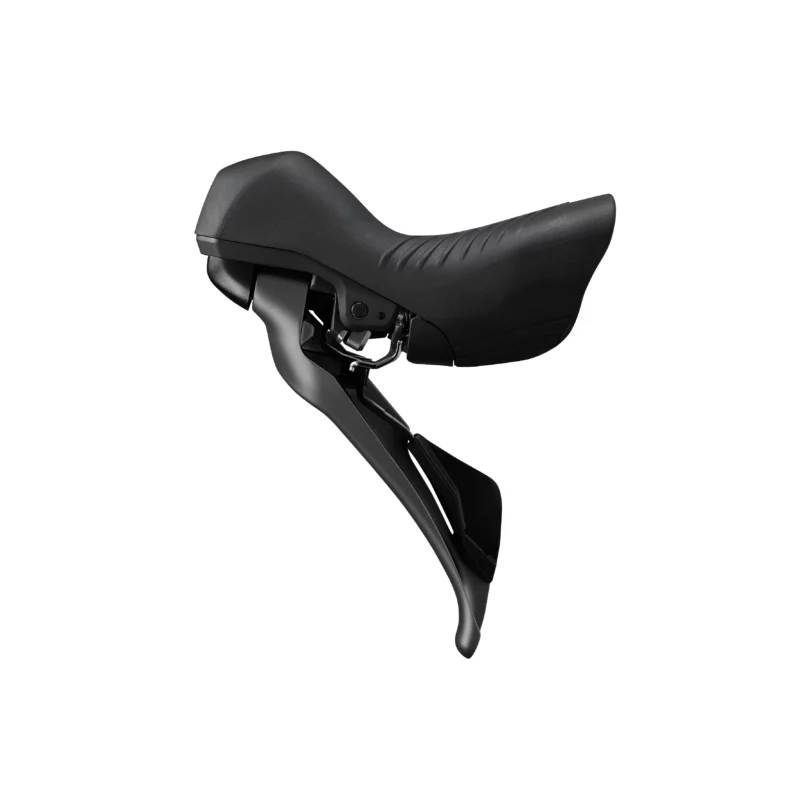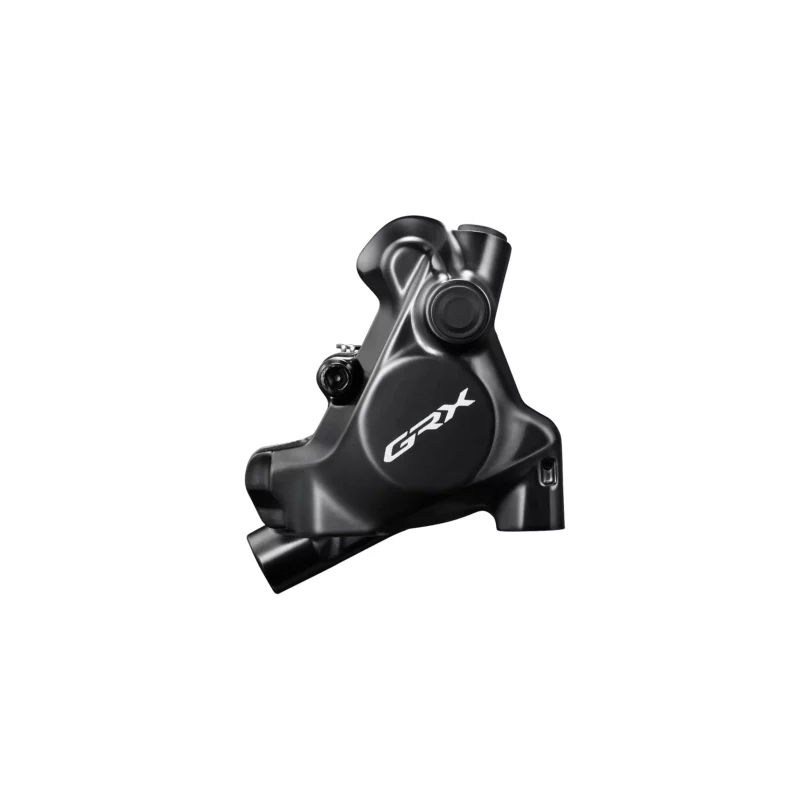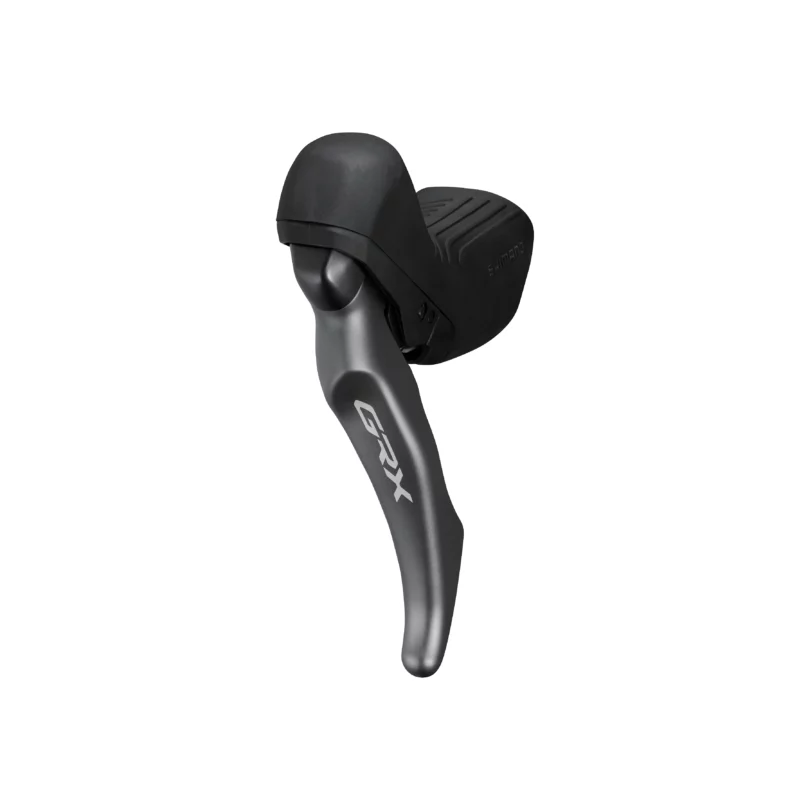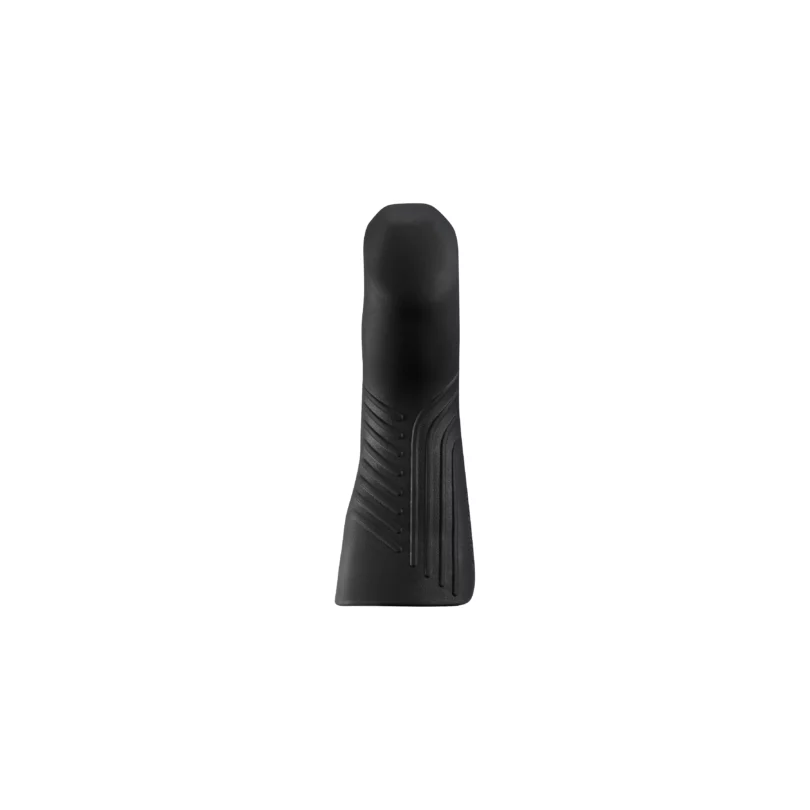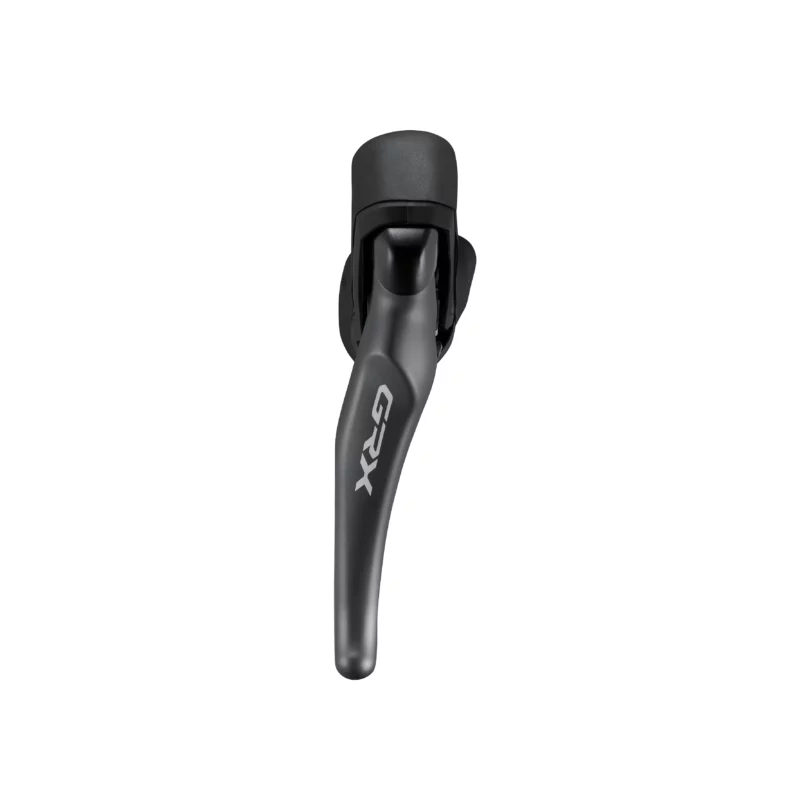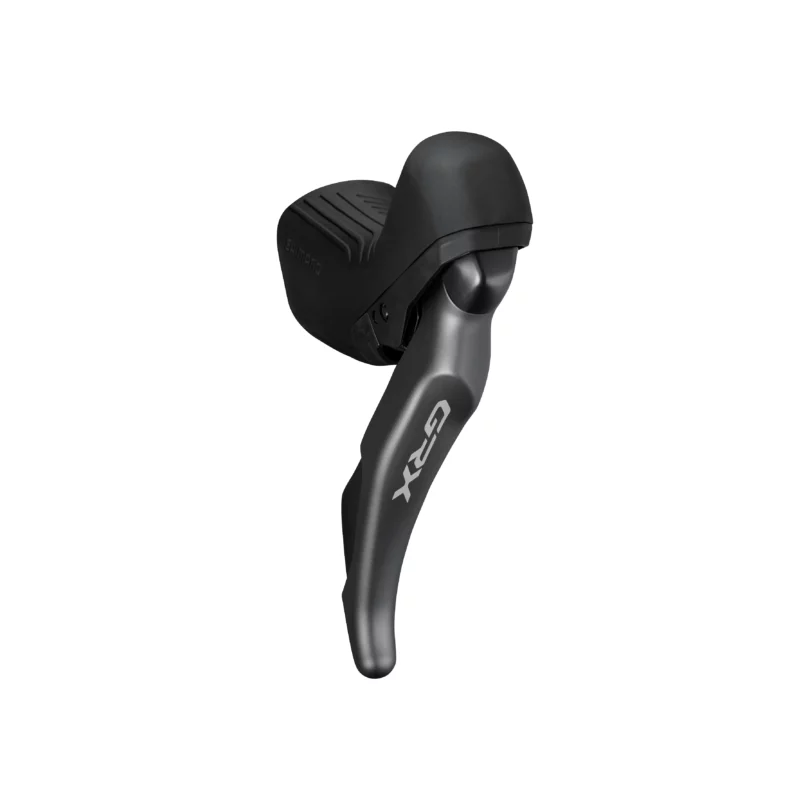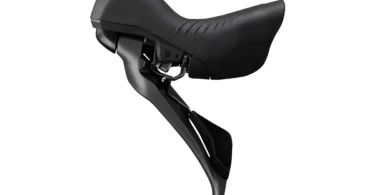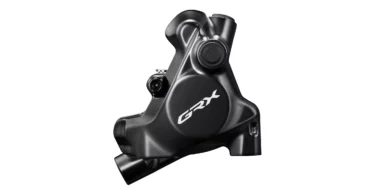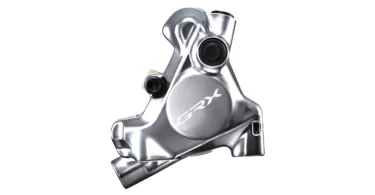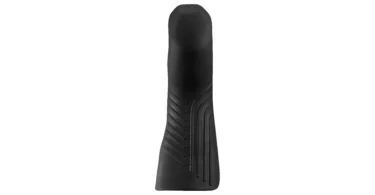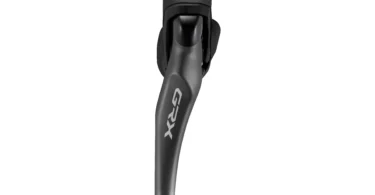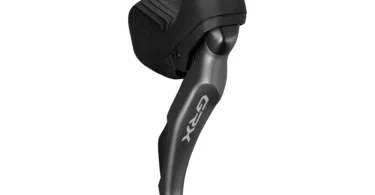The new Shimano GRX RX820 and RX610 – Everything you need to know about the new 12-speed gravel components
In addition to the brand new mechanical Shimano 105, the GRX gravel range has also gotten a long-awaited update. The new 12x groupsets combine Shimano’s road and MTB know-how and are also available as 2x variants. Read on to find out what else is new and what’s going on with Di2.
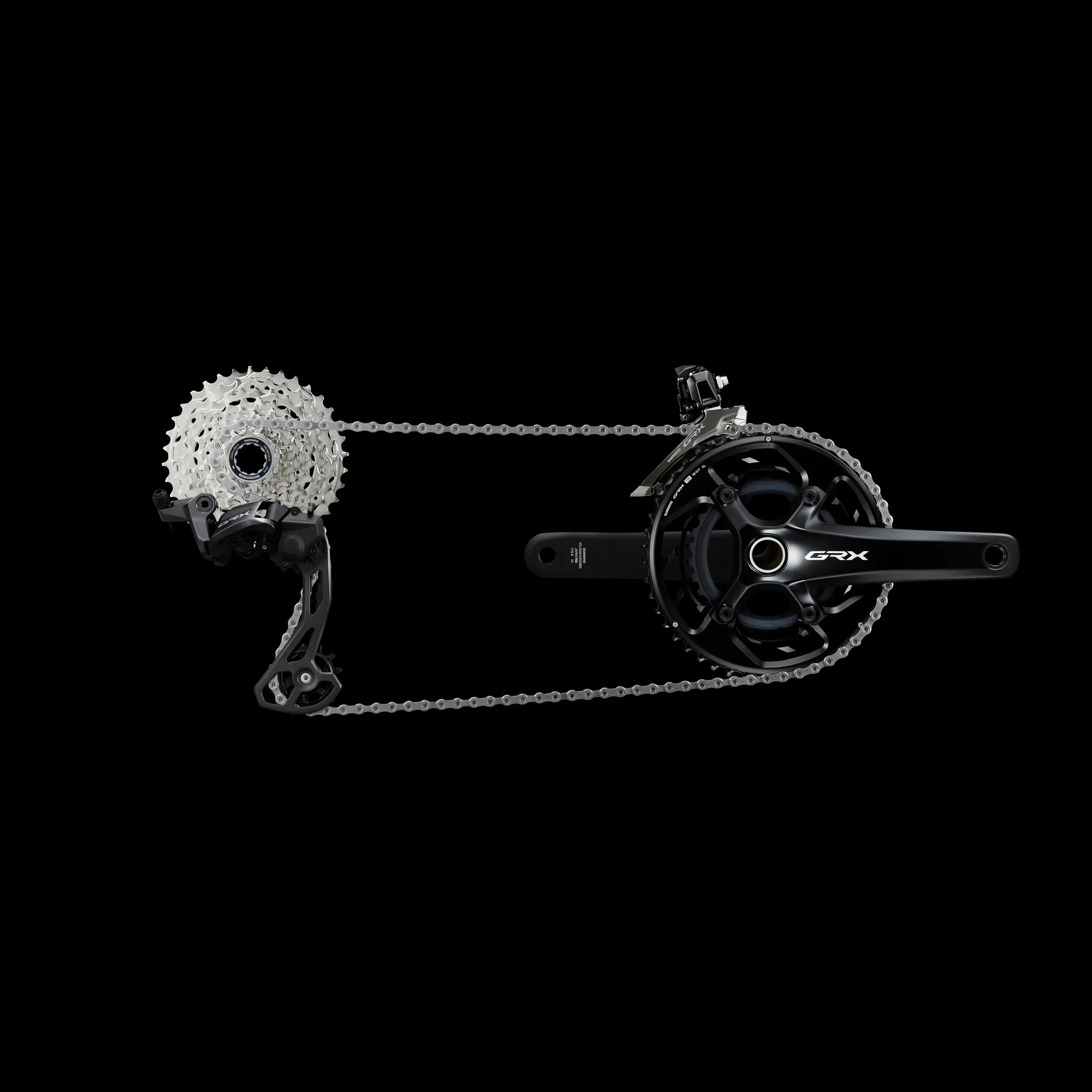
Since the debut of 12x road groupsets, the rumour mill has been bubbling over with Shimano GRX speculations and dreams. Finally, the time has come: Shimano present the long-awaited GRX groupsets with 12-speed cassettes! With the mechanical RX820 and RX610 versions, Shimano have brought their gravel range up to date. But have the Japanese company possibly disregarded the electronic Di2 version? Well, Gravel fans who want to shift gears at the push of a button will probably have to wait a little longer. Nevertheless, we’ve looked at the innovations the mechanical groupsets have to offer, what they cost, and how much they weigh – we’ve got all the details for you below.
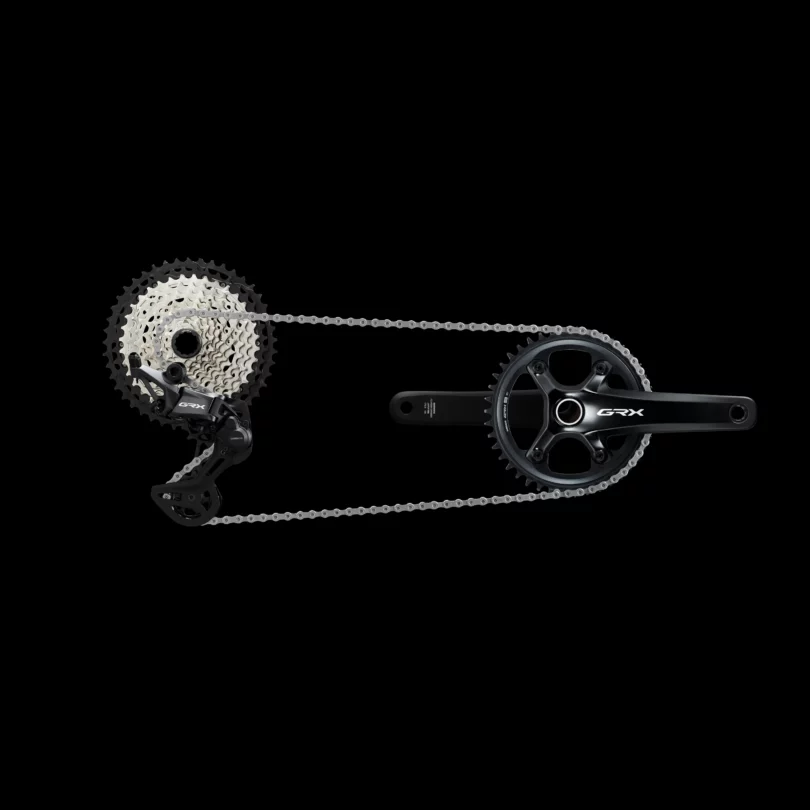
The Shimano GRX RX820 components in detail
As is usual with Shimano, the GRX jungle isn’t the easiest to navigate. After all, the groupset consists of three rear derailleurs, two crank sets, four cassettes, one front derailleur, and the brake units including STI brake/shift levers.
Shimano’s updated gravel range can’t seem to shake their love for front derailleurs and two chainrings. As such, the new GRX groupset gives you two cranksets to choose from. The FC-RX820-1 is available with 170, 172.5 or 175 mm crank arms and comes equipped with a single 40 t or 42 t chainring. The FC-RX820-2 version is available with the same crank arm lengths, but comes with a 48/31 t chainring combination.

The choice of three derailleurs doesn’t just affect the compatibility of the cassette, but also the crankset. For a wide range cassette, you can choose the RD-RX822-GS or SGS rear derailleur. As with other Shimano derailleurs, there are two cage lengths to choose from, depending on the cassette. What is new, however, is that you can replace the cage and thereby change the cage length without having to buy a whole new derailleur if you change your mind at a later date. The medium-length version with the GS suffix is compatible with the CS-M8100-12 mountain bike cassette, giving you a range of 10–45 t. The long-cage SGS rear derailleur, on the other hand, can accommodate the largest 10–51 t Shimano cassette. As with the previous GRX versions, both derailleurs are equipped with Shimano’s SHADOW RD+ clutch. Unfortunately, neither the GS or SGS version can be combined with the 2x crankset. There’s another downside. Since these wide range cassettes are from the MTB range, they rely on the MICRO SPLINE freehub body, and are not backwards compatible with the older HG freehubs. Even Shimano’s latest road freewheel HG L2 is incompatible with these cassettes. So, you’ll need a different freehub body.
For those who still like the 2x option, the RD-RX820 rear derailleur is the one to go for. It works with Shimano 11–34 t or 11–36 t road cassettes and is compatible with both HG and HG L2 freehubs. Just like the larger derailleurs, it also features a clutch, always keeping the chain tensioned even when things get bumpy.
The new Shimano GRX RX820 STI’s and brakes in detail
The GRX’s fresh STIs look very similar to their predecessors. However, Shimano claim that a lot has changed, and the hoods, which are already known to be particularly comfortable, are said to have become even more ergonomic. Thanks to a revised design of the fastening clamps, you should feel less pressure on your hands when gripping the hoods, according to the manufacturer. This is great news for passionate long-distance riders. At the same time, a non-slip coating on the brake levers should ensure optimal grip, even under the most adverse conditions. For drivetrains without front derailleurs, the left STI can function just as a brake lever, or you can resort to the version with an integrated lever for mechanical dropper posts. Regarding the brakes, Shimano have now carried the latest innovations from their road groupsets over to the gravel range, including the simplified bleeding process. Therefore, the exterior of the brakes looks similar to what’s already out there.
The weights and prices of the new Shimano GRX RX820 components
| Component | Weight | Price |
|---|---|---|
| 1x Crankset | 655 g (40T, 172,5 mm) | € 254.95 |
| 2x Crankset | 721 g (48/31T, 172,5 mm) | € 254.95 |
| Shift-Brake System | 287 g | € 389.95 |
| Front derailleur | 95 g | € 73.95 |
| Rear derailleur | 270 g | € 134.95 |
The new Shimano GRX RX610 in detail
It’s not just the premium 800 series that now comes as a 12x setup. The popular 600 series has also gotten a well-deserved update, and the more affordable components are offered along with the matching brakes and 12-speed STI brake/shift levers. They feature the same innovations as their higher-priced counterparts, such as improved ergonomics, a textured surface, and brake levers with a non-slip coating. You’ll find minor changes to the gearing of the cranksets. With the 2x setup, you get a 46/30 t combination, while the 1x setup comes with a 40 t chainring. Overall, however, all mechanical GRX components are fully cross-compatible.
The Shimano RX880 carbon wheels in detail
Along with the new groupsets, Shimano also present an exciting new RX880 gravel wheelset. Weighing in at 1,395 g, these wheels are slightly lighter still than their predecessors, and with a depth of 32 mm and an internal width of 25 mm, the rims are wide enough to accommodate common gravel tire widths. Thanks to the DIRECT ENGAGEMENT, which has trickled down from the DURA-ACE range, the hub promises immediate engagement. The freehub body can be easily replaced and matched to the cassette, which is a particularly convenient feature considering the MICRO SPLINE cassette compatibility of the new GRX groupsets.
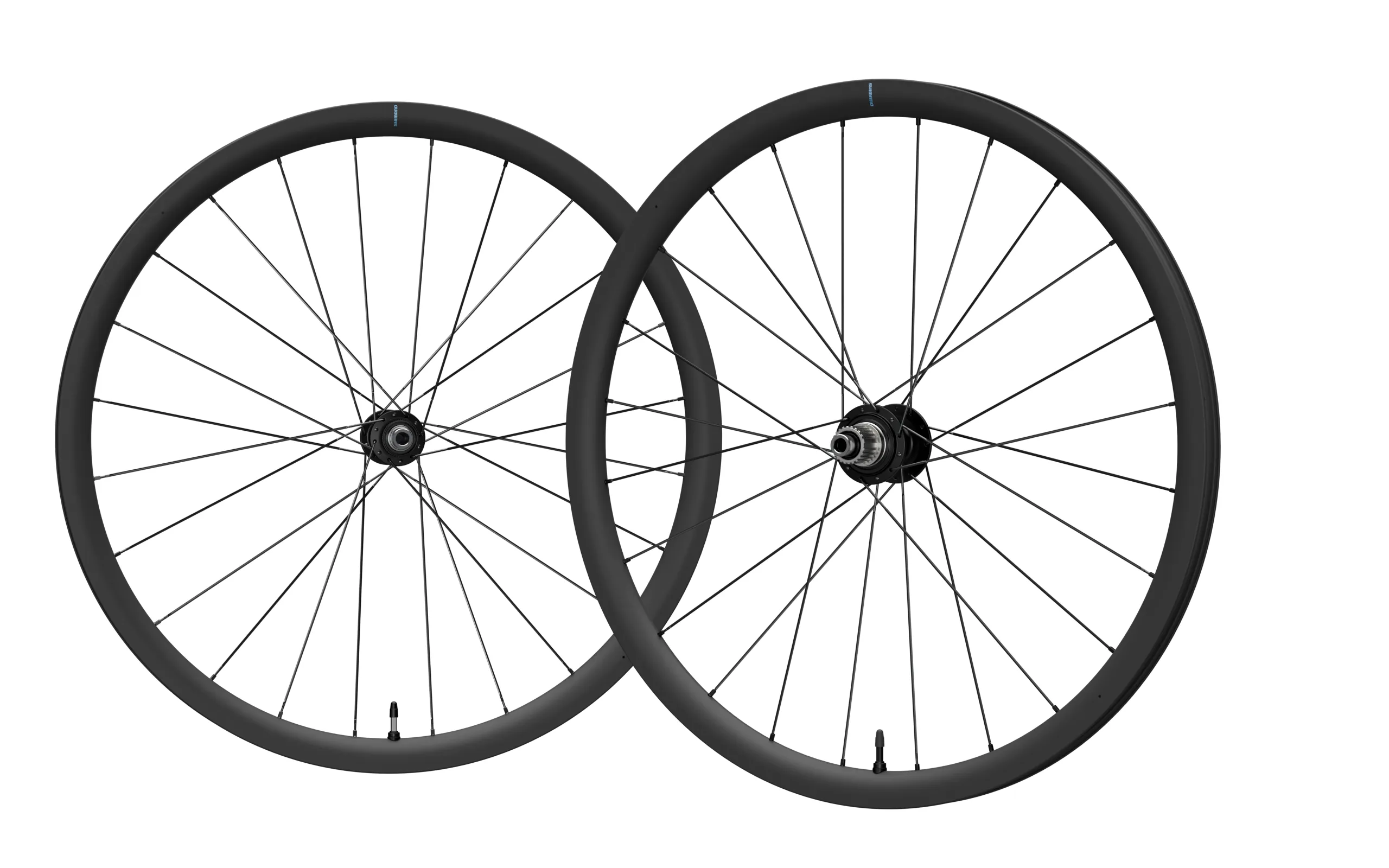
Our conclusion on the new 12x Shimano GRX groupsets
The new Shimano GRX gravel groupsets are an important step for Shimano’s gravel range. The integration of their wide-range MTB cassettes and the retention of a front derailleur and 2x crankset makes them very versatile, but the choice of the MICRO SPLINE freehub is a bit of a hurdle considering their low prevalence on drop bar bikes. Performance seekers will also frown at the lack of an electronic Di2 version. All in all, however, the updates are promising and should make for an excellent drivetrain.
For more information visit bike.shimano.com
Did you enjoy this article? If so, we would be stoked if you decide to support us with a monthly contribution. By becoming a supporter of GRAN FONDO, you will help secure a sustainable future for high-quality cycling journalism. Click here to learn more.
Words: Calvin Zajac Photos: Shimano

